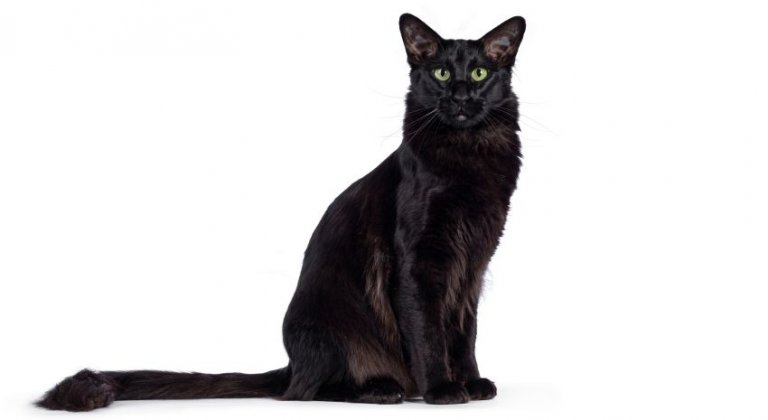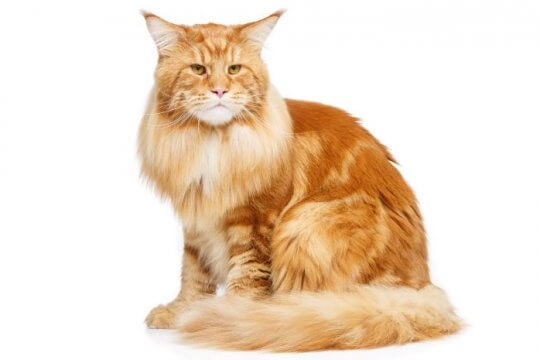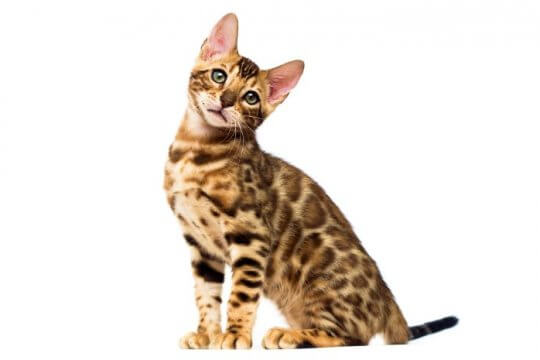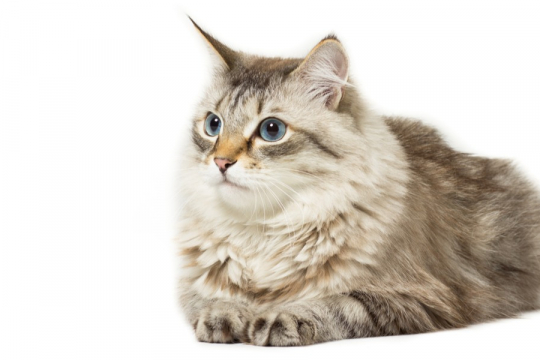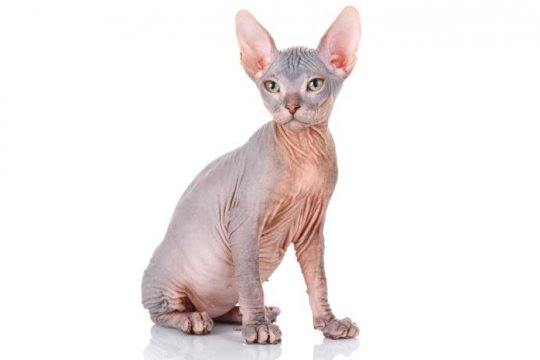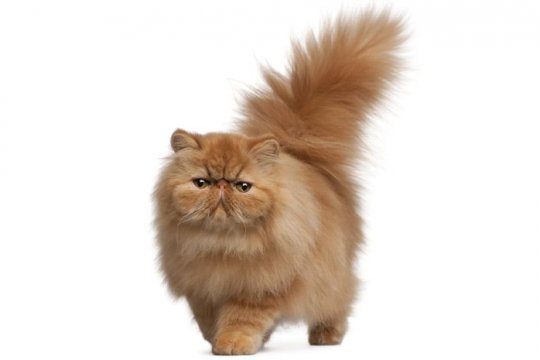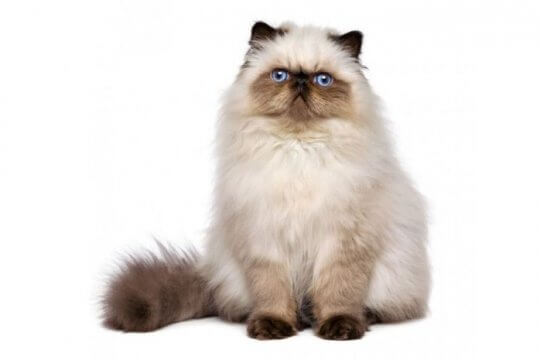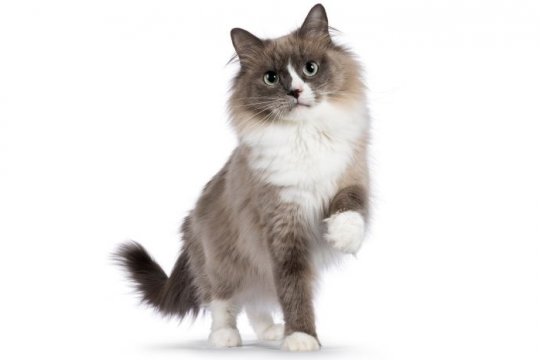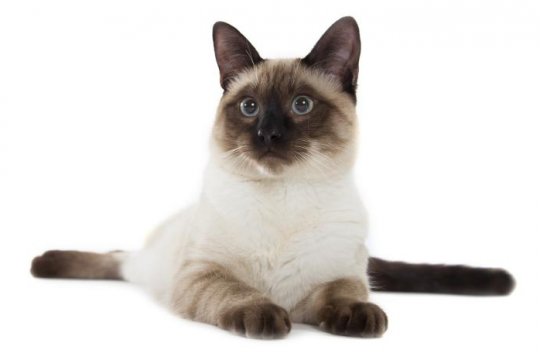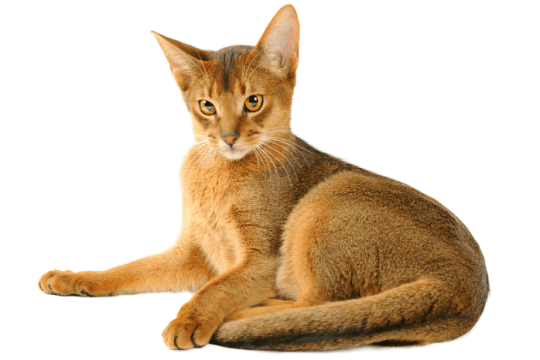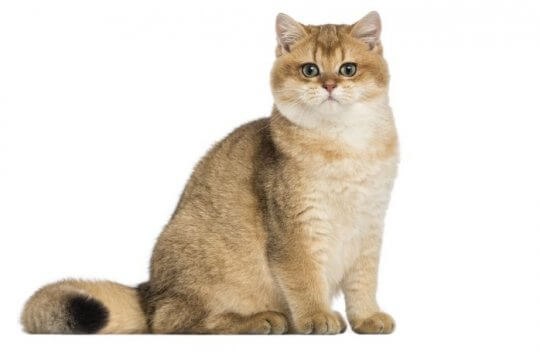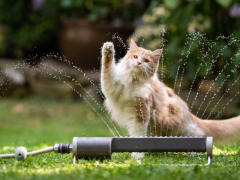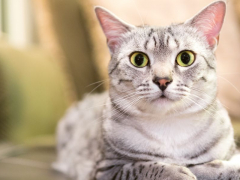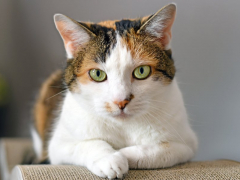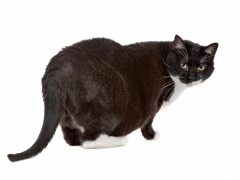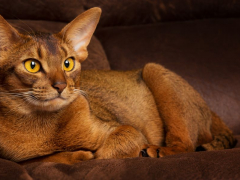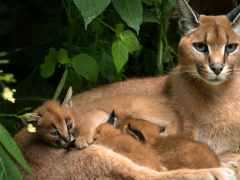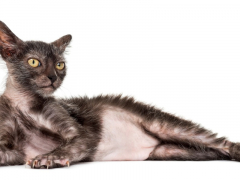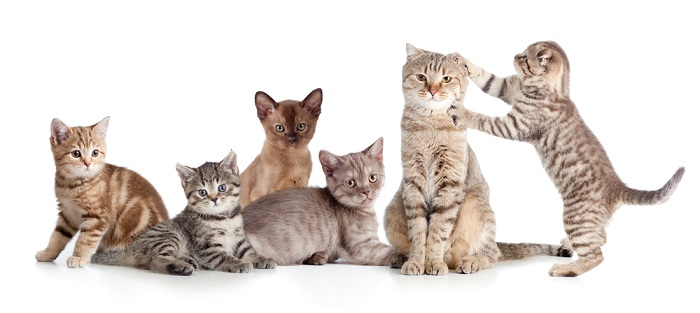Personality and Temperament
An outgoing, friendly personality plus a silky, luxurious coat: These are just two things that make the Oriental Longhair Cat stand out! These lovely - and loving - cats share so many traits with their Oriental Shorthair cousins and other Oriental cat: They’re playful, intelligent, and far more social than the average feline, with a built-in need for attention.
Bring an Oriental Longhair cat into your home, and you’ll have a friend for life. These cats love nothing quite so much as to follow their favorite person’s every move, poking curious noses into everything from the refrigerator to the bathtub, and reaching out to tap with a paw whenever anything looks out of place.
Not only do Oriental Longhairs use body language to express themselves, they have the ability to develop an impressive vocabulary of meows, trills, and chirps in keeping with their Siamese heritage. These gregarious cats are opinionated and they love to engage in conversation.
When it comes to companionship, the Oriental Longhair cat has some special needs. These cats don’t do well at all when they’re left alone for too long; in fact, they can become seriously distressed or develop destructive habits if they’re deprived of the ability to socialize.
While they do tend to choose a favorite human to follow and snuggle with, they’re happy making friends with other family members including those with four legs and fur. Another social cat or a friendly dog makes the ideal companion for an Oriental Longhair, particularly if you’re someone who spends quite a bit of time away from home.
As cats go, Oriental Longhairs are certainly more affectionate than most. If your family wants at least one fantastic cuddle buddy, this breed is more than capable of lending a paw.
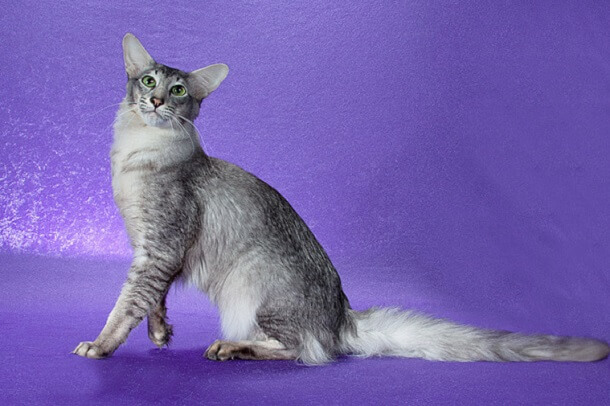
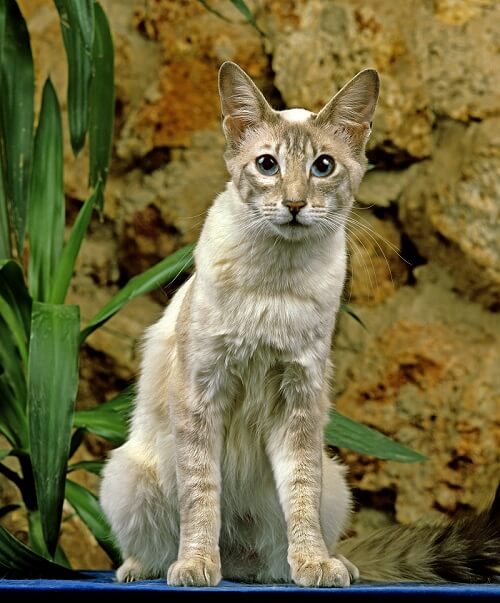
Care
Nutrition
Grooming
Exercise
Health
Oriental Longhair cats have no special nutritional needs, however they thrive on a high-protein diet that features real meat or fish as the main ingredient. Consider a brand with added Omega fatty acids to support skin and coat health.
The Oriental Longhair has a single-layer coat that’s more medium length than long; in fact, these cats look positively short-haired when placed alongside Persians and other cats with very long hair. You won’t need to do much brushing, just offer a daily once-over to help remove any loose hair and keep shedding to a minimum.
Frequent brushing can also reduce the frequency of hairball buildup, so you’re doing yourself and your cat a favor when you treat them to a grooming session.
Cuddly as they are, these cats also happen to be energetic. Regular toenail trims can help keep your furniture safe from damage. Last but not least, consider brushing your cat’s teeth at least a few times per week. Teach your kitten to accept a tiny toothbrush and some cat-friendly toothpaste and they’ll enjoy better dental health for life.
Oriental Longhair cats are extremely playful. They (and you) will benefit if you offer at least one tall cat tree, a window seat or two, and a nice scratching post in every room. Without these essentials and a well-stocked toy collection, these cats will jump and climb on every piece of furniture you own, and they’ll find all sorts of things to play with: Your toothbrush, those earrings you accidentally left on the nightstand, and your favorite collectibles are all considered fair game.
Oriental Longhair cats are generally healthy. Their Siamese heritage does increase the risk for certain issues though, including asthma, megaesophagus, feline lower urinary tract disease, dilated cardiomyopathy, liver amyloidosis, and progressive retinal atrophy. A small percentage of Oriental Longhairs are born cross-eyed - not a major health concern, but a flaw that’s prohibited in the show arena.
History
Also known as Javanese, British Angora, Foreign Longhair, and Mandarin cats, Oriental Longhairs are part of a larger group called the Oriental. These cats were developed using Siamese cats as key foundation members, with the goal of creating cats with the body style and personality of a Siamese, in a variety of different coat colors and patterns.
The Oriental story began in England in the 1950s. There, many cat breeds were brought to near extinction during the second world war when food shortages and constant bombardment placed a massive strain on society as a whole. As breeders worked to rebuild their foundations, new colors and patterns emerged.
The Oriental Shorthair and the Oriental Longhair have similar backgrounds: Both have Siamese heritage along with Russian Blue, Abyssinian, British Shorthair, and various domestic genetics that ultimately enlarged and improved the Siamese gene pool. After all, color is the only thing that distinguishes an Oriental from a contemporary Siamese cat.
At first, breeders tried to come up with a separate breed name for each colored Oriental cat that resulted from various pairings. Thus, we’re graced with such breeds as the Havana Brown, Foreigh White, and of course, the Oriental Bicolour. Over time, cat breed registries decided that there were just too many different color and coat combinations (all of them wonderful!) and the Oriental Shorthair / Longhair terminology was adopted.
While the Oriental Shorthair was accepted by the Cat Fanciers Association (CFA) in 1977, the Oriental Longhair didn’t gain official CFA recognition until 1995.
The International Cat Association (TICA) granted recognition in 1979 and today, the breed or variety is recognized by cat breed registries worldwide.
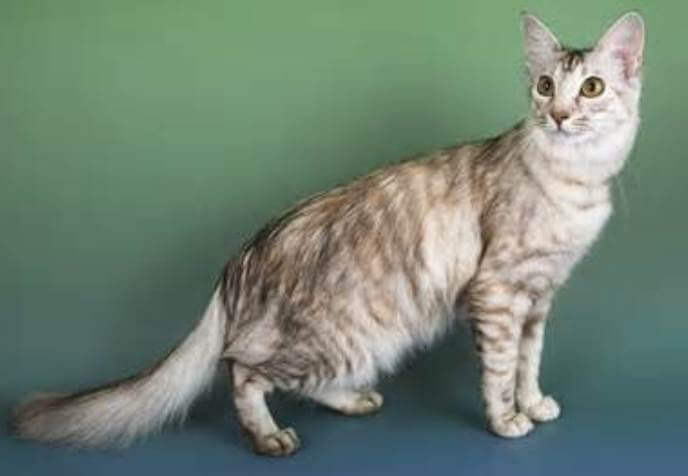
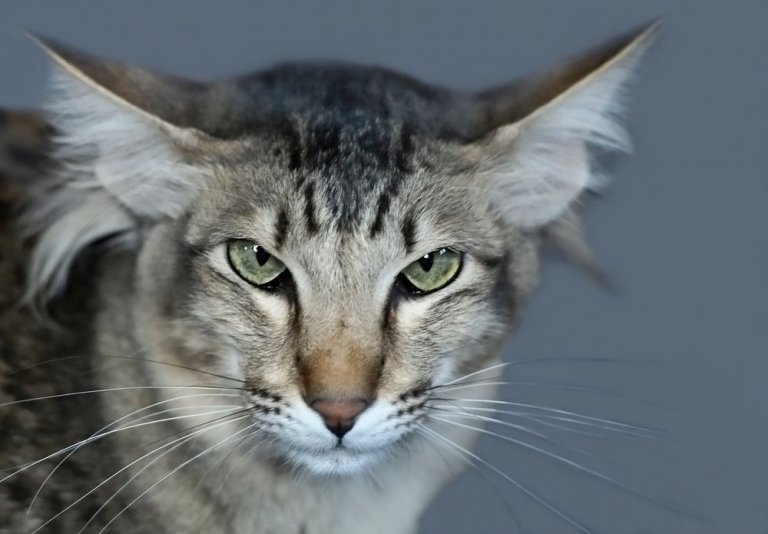
The Breed Standard
Eyes
Legs & Paws
Tail
The Breed Standard
Body
Head
Ears
Coat
Color
FAQ
How much does a Oriental Longhair cat cost?
Oriental Longhair cats cost between $400-$2000.
How big do Oriental Longhair cats get?
Oriental Longhair cats tend to be medium in size. A fully grown Oriental Longhair cat might weigh between 6 - 12 pounds or more and range in height anywhere from about 8"- 10" inches tall.
How long do Oriental Longhair cats live?
The Average lifespan for Oriental Longhair is 12-15 years.
Do Oriental Longhair cats shed?
Oriental Longhair are long-haired cats, so you do have to expect a certain amount of shedding from this breed, but they don't shed as much as other cat breeds.
